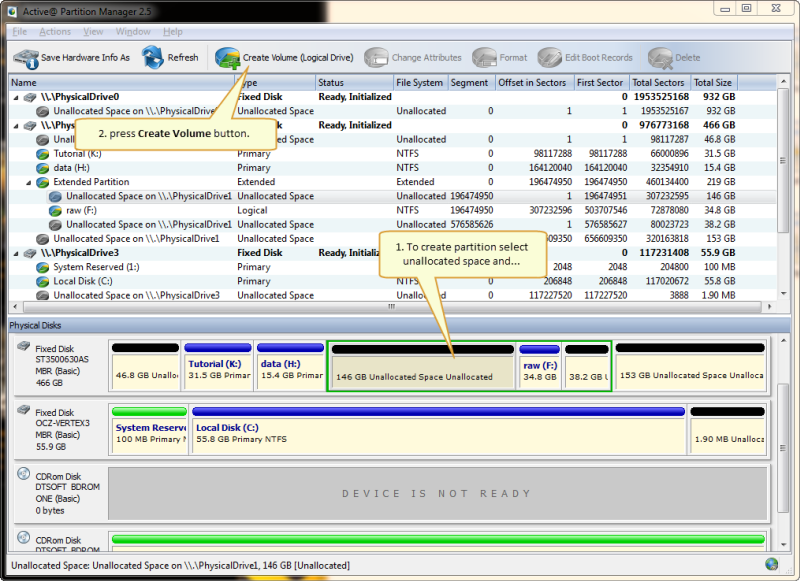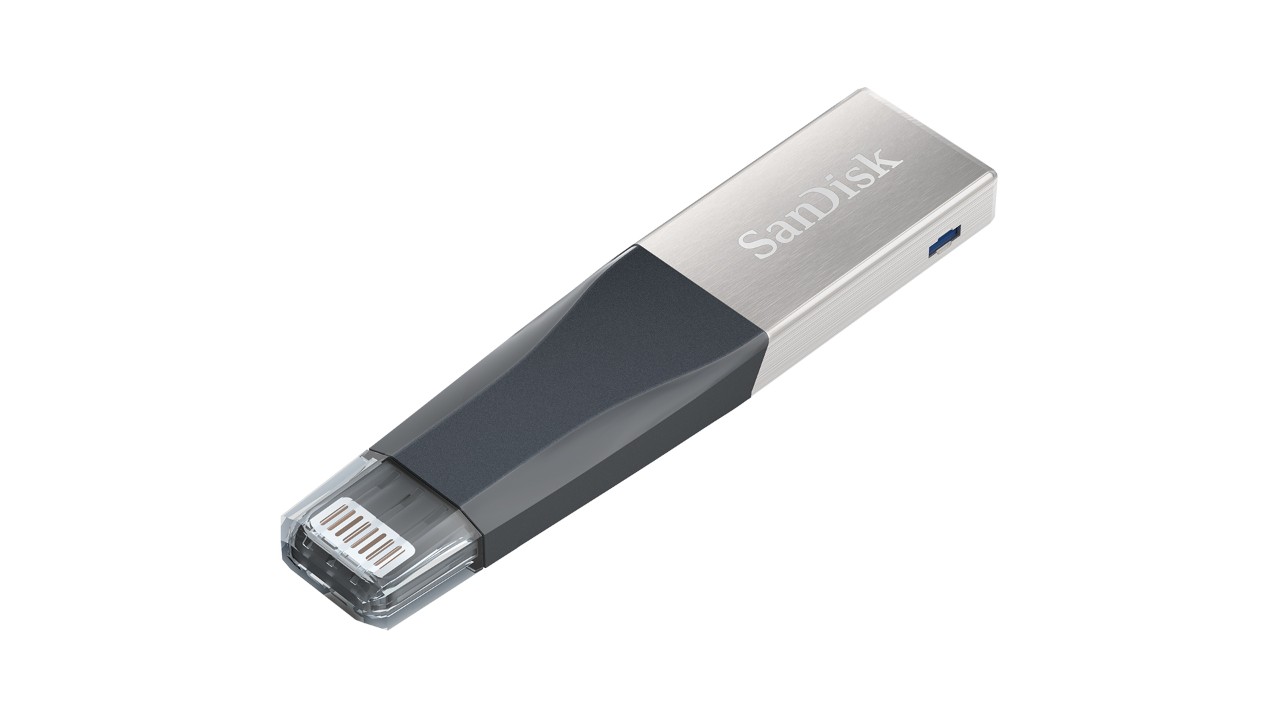

Note that the maximum drive and file size of NTFS and ExFAT is so large that there's basically no limit. (But it would be nice to have a 128 PB USB drive, wouldn't it?) On the other hand, FAT32's max file size of 4 GB is almost nothing now that phones can record 4K videos. Also, it's a little more difficult to format a drive larger than 32 GB to FAT32 on Windows 10. These days, the only reason why you'd choose to format a drive to FAT32 is for compatibility. For example, if you need to boot up an old computer, maybe with a different operating system, and backup some of its files. But you'd need to be sure that none of those files are greater than 4 GB.

If you're sure you want to go with FAT32, here's how to format a storage drive on Windows 10.


 0 kommentar(er)
0 kommentar(er)
